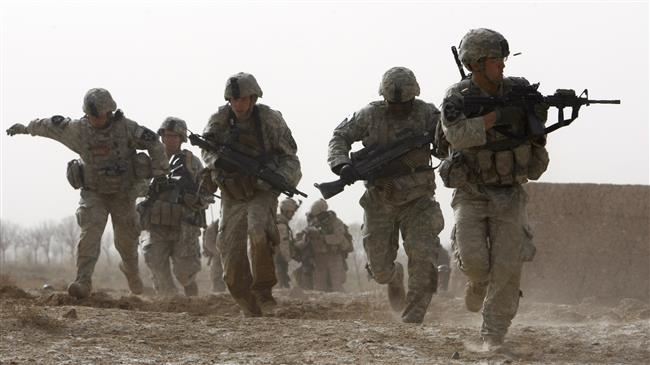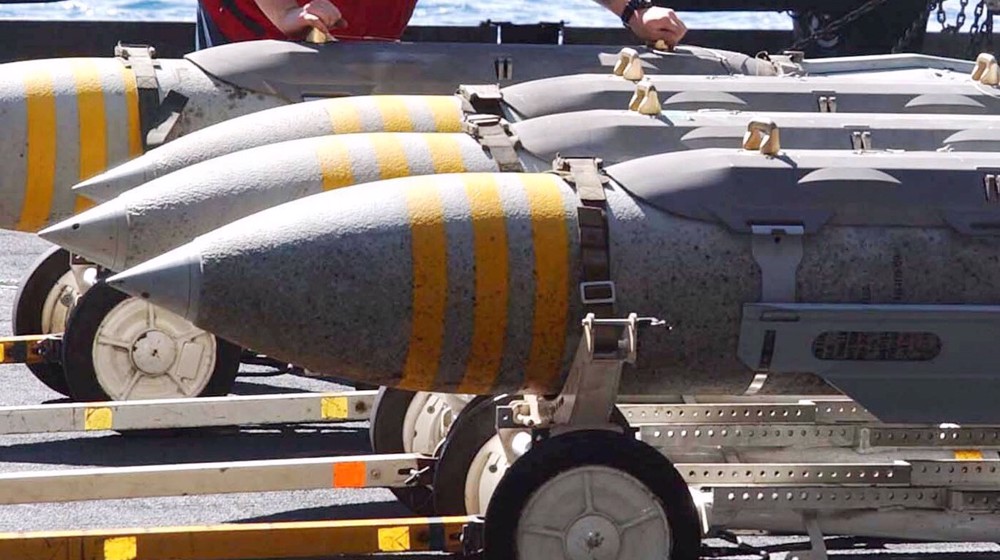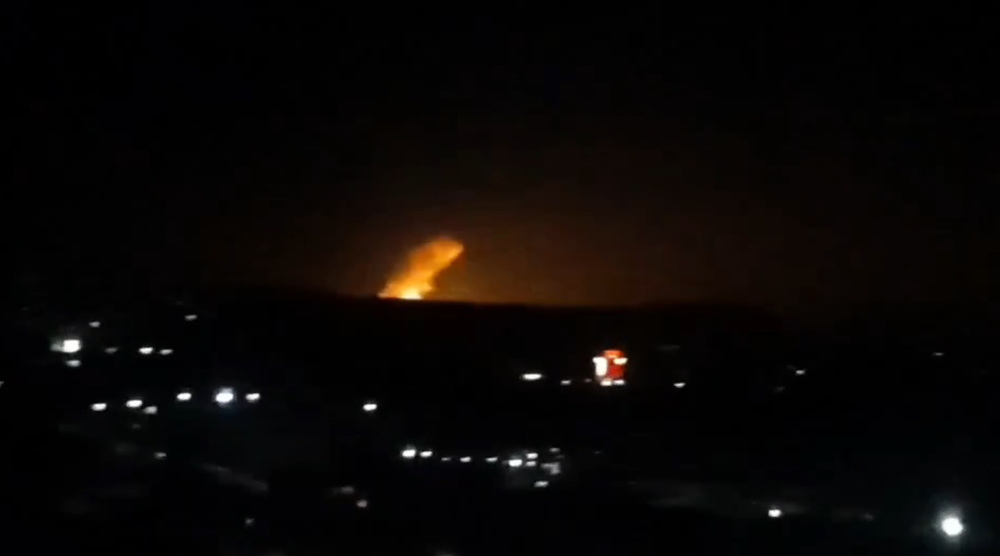How US is misleading world on Afghanistan
Almost two decades into its the occupation of Afghanistan, the United States insists that its 2001 invasion of the country has paid off as Taliban and other militants have been put on the back foot.
So far, over 2,200 American soldier have been killed in Afghanistan while the US has spent more than $840 billion to win the so-called war on terror in the country.
That makes the Afghan war even more expensive than the Marshal Plan, which helped to rebuild Europe after World War II, according to estimates by the New York Times.
The war’s massive cost has put US leaders under pressure to show that they are winning and the situation in Afghanistan is actually improving.
But a closer look by the NYT has proven otherwise.
While Washington constantly claims that Taliban is on the run and keeps losing ground, a review of the group’s surge in various parts of Afghanistan proves otherwise.
Taliban’s strength
Since 2017, the militant group have held more Afghan lands than at any time since the US invasions. The Taliban killed some 200 Afghan police officers and soldiers in just a week last month, overrunning two major military bases and the city of Ghazni.
Today, the US estimates, the Afghan government effectively “controls or influences” 56 percent of the country.
But the Times reports that the statistics are not real as in many areas the Afghan government basically controls the district headquarters and military barracks, while the Taliban control the rest.

American officials have also provided conflicting reports as to how many Afghan security forces are out there fighting Taliban.
The US military claims that, under its watch, there are now 314,000 Afghan security forces protecting the country, enough to outnumber the Taliban by 10 to 1, or even more, as US estimates put the group’s number anywhere between 25,000 to 60,000.
However, official figures by Kabul put the number of security forces at a significantly smaller 207,000 and the Taliban at a significantly larger 77,000.

That means either the US numbers are exaggerated or also account for the so-called “ghosts,” soldiers and police officers who have left or deserted without being removed from payrolls.
This is while many more soldiers are poorly trained or simply unqualified, the report added.
Another instance of conflicting numbers came earlier this year, when Afghanistan said it had killed 13,600 Taliban members and arrested 2,000 more in 2017.
That’s almost half of the 25,000 to 35,000 members that official US government reports estimated the group to have last year.
But in January 2018, Washington said the Taliban numbered at least 60,000, and Afghan officials estimated recently that Taliban’s strength stood at more than 77,000.
Quality of life in Afghanistan
The US has made exaggerated claims about the quality of life in Afghanistan and how it has improved over the years.
In 2002, American officials reported that 1,600 Afghan mothers died for every 100,000 live births. Today, they claim that the number has fallen to 327. However, researchers say that no nation has seen such a big improvement in maternal health since antibiotics were discovered.
The British and Irish Agencies Afghanistan Group has reported that 1,575 Afghan women died out of 100,000 births in 2010 while other studies cited by the group say the number is anywhere between 885 and 1,600 of 100,000.
The United States Agency for International Development (USAID) claimed in 2010 that life expectancy in Afghanistan had similarly improved, reaching 63 years from 41 in 2002.
The World Health Organization (WHO), however, has contradicted those figures, announcing in 2009 that the Afghan life expectancy was only 48 years.
Even the CIA has contradicted the USAID report, estimating in 2017 that Afghans typically live to age 51.
The future does not look too bright for Afghanistan either as US President Donald Trump has made it clear that, despite promising to pull US troops from Afghanistan, the war is likely to go on for several more years.
Israel releases 183 Palestinian prisoners as Hamas condemns ‘torture, abuse’
Iran to unveil 3 indigenous remote-sensing, communications satellites
US ‘pressuring’ Lebanon to isolate Hezbollah, allies: Report
VIDEO | Israel must be dismantled
Militants execute dozen civilians in Syria’s Shia-populated village
UN: Both sides of Congo civil war commit executions, rapes
German scholars: New antisemitism resolution threatens academic freedom
VIDEO | The Islamic Revolution: Roots of revolution










 This makes it easy to access the Press TV website
This makes it easy to access the Press TV website